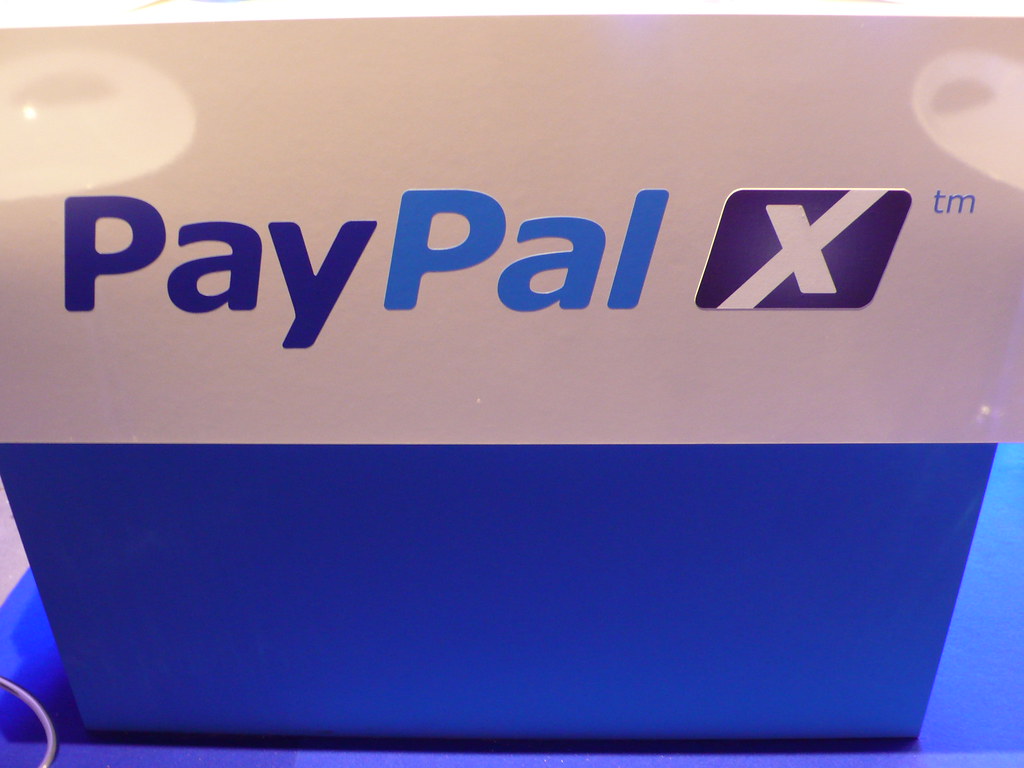Main Points:
- The intense competition in the stablecoin market is one of the key challenges faced by PayPal’s PYUSD.
- Macro-economic changes are contributing to a shift in demand for stablecoins, including PYUSD.
- The future of PYUSD depends on how PayPal addresses market competition and evolving regulatory landscapes.
1. Growing Competition in the Stablecoin Market: PYUSD’s Struggles
PayPal’s stablecoin, PYUSD, has seen a sharp drop in its market capitalization, sending shockwaves through the cryptocurrency world. Once viewed as a highly promising asset, PYUSD now faces a range of significant challenges that have undermined its success. At the forefront of these challenges is the increasingly competitive landscape of the stablecoin market.
The stablecoin arena has become a red ocean, dominated by established players such as USDT and USDC. Each competitor in the space offers distinct strengths, catering to varying user demands. While PayPal’s PYUSD launched with the support of a renowned global brand, it has failed to differentiate itself effectively from these other stablecoins. This lack of a unique value proposition has limited PYUSD’s ability to attract and retain users.
Furthermore, the battle for dominance in the stablecoin market has intensified as new entrants continue to emerge. These new competitors, along with the established giants, have led to a fragmented market where PYUSD has struggled to maintain its foothold.
2. The Impact of Macro-Economic Changes on PYUSD
Another critical factor that has contributed to the declining value of PYUSD is the shift in the global macroeconomic environment. Inflationary pressures and changes in monetary policy have created turbulence in financial markets, which in turn have affected the appeal and demand for stablecoins like PYUSD.
For instance, rising inflation can reduce confidence in fiat-backed stablecoins, while interest rate hikes by central banks can shift investment away from cryptocurrencies altogether. Investors, facing economic uncertainties, may be more inclined to hold onto traditional fiat currencies or allocate capital into assets perceived as safer during volatile times. This shift in investor sentiment can significantly impact demand for stablecoins, including PYUSD.
In addition to inflation, global economic instability has created a sense of caution among crypto investors, further weakening the demand for assets like PYUSD. As investors navigate these uncertainties, they may be more hesitant to engage with newer or less-established stablecoins, favoring those with a proven track record.

3. PYUSD’s Future Outlook and Challenges
Looking ahead, PYUSD’s future trajectory will depend heavily on how PayPal adapts to the evolving market landscape and addresses the challenges it currently faces. To regain market share and stay competitive, PayPal may need to consider enhancing PYUSD’s functionalities and expanding its partnerships.
However, there are several critical hurdles that PYUSD will need to overcome to succeed:
- Differentiation from Competitors: PayPal must establish PYUSD’s unique value compared to other stablecoins. This could involve offering exclusive features or tapping into PayPal’s massive user base with targeted use cases.
- Addressing User Needs: Meeting the specific demands of cryptocurrency users will be essential. This includes ensuring high liquidity, seamless integrations with other platforms, and robust security measures.
- Adapting to Regulatory Changes: Global regulatory scrutiny of stablecoins is on the rise, with governments seeking to impose stricter controls on issuance and transactions. PayPal must navigate these regulatory frameworks to ensure the long-term viability of PYUSD.
Intensifying Competition in the Stablecoin Market
The decline in PYUSD’s market capitalization is a clear indicator that the stablecoin market has reached a mature and fiercely competitive stage. While stablecoins play an increasingly vital role in the broader cryptocurrency ecosystem, their dominance is far from guaranteed. Investors and companies alike must carefully evaluate which stablecoins to adopt, considering factors such as reliability, liquidity, and regulatory compliance.
Future Outlook
- Emergence of New Stablecoins: As more variations of stablecoins emerge, the market will become increasingly diverse, providing users with more choices and use cases.
- Stricter Regulations: Governments around the world are expected to continue tightening regulations on stablecoins in an effort to bring more stability and oversight to the market.
- New Use Cases: Beyond payments, stablecoins are likely to find applications in new areas, such as decentralized finance (DeFi), remittances, and cross-border trade.
The stablecoin market will remain a dynamic and rapidly changing space. Investors and industry participants must stay alert to these changes and be prepared to adapt accordingly.


